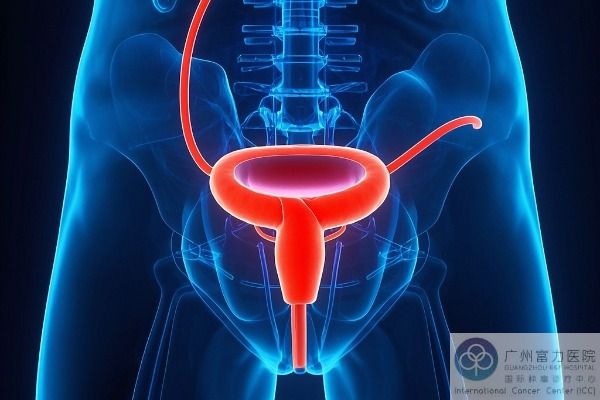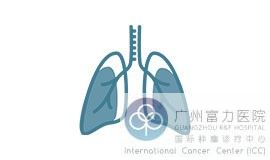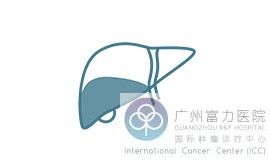Causes of Prostate Cancer

I. Current Disease Status Prostate cancer is a highly prevalent cancer in elderly men (80% of patients are > 65 years old), with more than 1.4 million new cases and 375,000 deaths worldwide each year. Patients in the middle and late stages often have symptoms such as urination disorders and pelvic pain.
II. Treatment Innovation Traditional surgery/radiotherapy and chemotherapy have significant side effects, and modern minimally invasive technology provides a better choice:
Highly focused ultrasound (HIFU): non-invasive ablation of tumors, 5-year progression-free survival rate of 82%
Robotic surgery: precise resection, 40% less bleeding, and less than 5% complications
Particle radiotherapy: local high-dose irradiation, 5-year recurrence-free survival rate 95%
III. Treatment Advantages
Avoid traditional surgical trauma and preserve organ function
Reduce complications such as urinary incontinence and sexual dysfunction
The 5-year overall survival rate increased by 15% compared with traditional treatment
IV. Prognosis Management
The multidisciplinary collaboration model combines targeted drugs/immunotherapy to promote the transformation of cancer into chronic disease management. Regular PSA screening is recommended for men over 50 years old, as early diagnosis and treatment are key.
For more cancer knowledge, please click on the online doctor for consultation
Classification of prostate cancer:
When doctors mention "prostate cancer," many of you may not know that the name actually covers several different types. Just like different varieties of apples require different preservation methods, understanding specific types is crucial for treatment options.
According to the latest classification by the World Health Organization, there are mainly the following types of prostate cancer:
1️Acinar adenocarcinoma (accounting for more than 95%)
The "protagonist" in prostate cancer
Originated from glandular cells
The speed of development varies from person to person
Early detection can be achieved through PSA screening
2️ Ductal adenocarcinoma (about 1-5%)
Special pipeline origin
May be more invasive
Closer monitoring needed
3️Urothelial carcinoma (rare)
"Border crossers" originating from the urinary tract system
Treatment options differ from the norm
4️Squamous cell carcinoma (extremely rare)
Derived from protective epidermal cells
Insensitivity to hormone therapy
5️Adenosquamous carcinoma (mixed type)
Combining characteristics of two types of cells
Personalized treatment strategies are needed
It is worth noting that the prostate cancer we usually refer to mainly refers to alveolar adenocarcinoma, which accounts for more than 95%. This type of disease usually progresses slowly, and early detection can provide a good prognosis through surgery, radiotherapy, etc. But just as each fingerprint is unique, the disease progresses at a different rate in each person.
It is recommended that men over 50 years old undergo prostate-specific antigen (PSA) screening every year, and those with a family history can do it earlier. If abnormal indicators are found during the examination, it is recommended that you bring the examination report to the urology department for treatment. The doctor will arrange further examinations such as MRI or puncture biopsy based on the specific situation.
For more cancer knowledge, please click on the online doctor for consultation
Use precise technology to create more possibilities for life.
The Cancer Center of Guangzhou R&F Hospital has opened an era of "chemotherapy-free survival" for cancer patients, winning a lasting victory for life. If you or your family are facing difficulties in cancer treatment, please contact the Guangzhou R&F Hospital Cancer Center. We offer multilingual medical history consultations, contact us today to get an assessment of your treatment eligibility.
Contact Us:
email: rfcancercenter@gmail.com |
WhatsApp: +86 18565157271











































